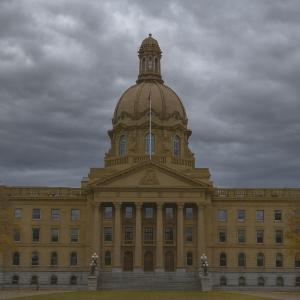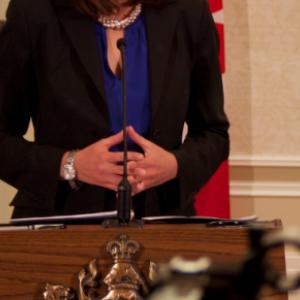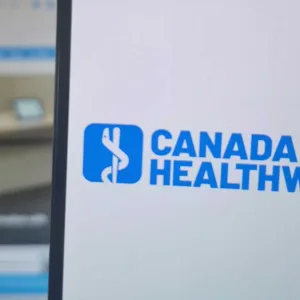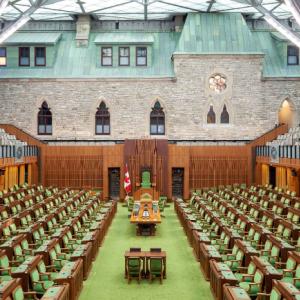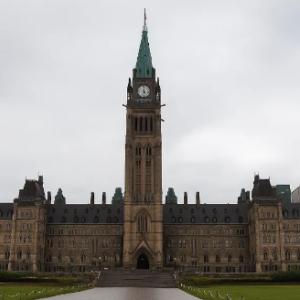Canada's Family Doctors are Giving Up
I’ve long felt that medicine as a whole has done a poor job on women’s health issues. So to learn more about what I can do to better help my patients, I attended the Menopause Society’s biennial National Scientific Conference.
Over half of the 600 attendees were family doctors like myself. As with all medical conferences, I got the chance to learn some a few things, and to talk to colleagues from across the country.
Sadly, a rather large number of them were in a similar state of mind: tired, burnt out, and actively seeking ways to stop practicing family medicine. In short, they're all giving up.
A dear friend of mine is taking six months off to re-evaluate her work (despite having helped countless people over the years). Another physician has found happiness working part time at a specialty clinic and occasionally doing locums (vacation relief work). Another is searching for someone to take over his practice. Another is simply going to close her practice after two years of trying unsuccessfully to find someone to take over. And another... ah, you get the point.
About a third of the family doctors I spoke to were all at some stage of quitting family medicine. Given that Canada has six million people without a family doctor — which is already a disaster — it’s safe to say our healthcare system won’t survive if one-third of family doctors choose to walk away.
About the only part of the country where family doctors seemed to want to carry on was Manitoba. They cited a new contract that fairly compensates them for their work, and a relatively positive working relationship with the government. Maybe that’s why Manitoba set a new record for recruiting physicians last year. Paying people fairly and working with them co-operatively will attract new talent? Who knew?
(As an aside, Manitoba is also the only province I am aware of that has a specific billing code for counselling women on issues related to peri-menopause and menopause).
But I digress. The question then becomes why are so many family doctors planning on giving up? I would suggest it’s a host of issues.
There is an increasing level of burnout in the profession. It’s primarily driven by the administrative workload which has gotten absolutely out of hand. For example, I recently went on vacation to Manitoulin Island, and while waiting for the ferry, I couldn’t help but pull out my laptop and check my lab work and messages. I knew that if I didn’t check my labs every day, the workload on my first day back would be soul-crushing.

That's me in my car, waiting to get on the Chi-Cheemaun ferry to Manitoulin Island, checking my labs and messages on my Electronic Medical Record (dummy chart on screen).
There’s also the constant delays in getting patients' tests and referrals to specialists. The most common message I get from my patients is something along the lines of “I haven’t heard from the specialist/diagnostic test people yet, do you know when it’s going to be?”
And of course there is the ever present “But my naturopath told me you could order my serum rhubarb levels for free” and “I did a search online and it told me I need a full body MRI.”
The worst part of it of course, is that the family doctor becomes the brunt of the frustration and anger that patients rightly feel when the health care system doesn’t live up to their expectations.
I had to tell three patients (while I was on vacation) that, no, I couldn’t do anything to speed up the specialist appointment. I had to tell four more that I had in fact called the pharmacy with their prescriptions — and I had the fax logs/email logs to prove it. And so on…
What can be done?
In the absence of anything else of course, the first thing is to pay family doctors more. Recently, the Ontario Medical Association (OMA) and the Ministry of Health (MoH) have rolled out the “FHO+” model of paying physicians. There is a slight bump in pay, about four per cent. The agreement also acknowledges that administrative work needs to be compensated, as well as some other tweaks. It’s perhaps a start, but in the current system, a 4% raise will not stop the haemorrhaging of family physicians.
What really needs to happen is for Ontario to forcibly, quickly and rapidly move to a modernized, province-wide electronic medical records system. I’ve been talking about this for years and years and even presented on this to eHealth Ontario (in 2018!). But I have not been able to explain it as well as my colleague Dr. Iris Gorfinkel did in her recent Toronto Star op-ed (it’s a really good read).
To quote Iris:
“A fully integrated, province‑wide, patient‑accessible electronic health record system should no longer be viewed as a luxury, but an essential part of the solution to Ontario’s existing crisis... It would free family doctors to do the work only we can do.”
Secondly, we need to rapidly move towards team based care with family physicians as the lead of the team. While the MoH is proudly announcing teams in the hopes of connecting people to care, the rollout seems kind of uneven. The ministry calls for proposals, instead of just implementing a specific evidence-backed structure of how these teams should be run.
There’s also no specific role-guarantees for family physicians in these teams (beyond saying we are important).
Finally, at the end of the day we must not shame or diminish those family physicians who have given up. Many have spent years, if not decades fighting for better care for their patients. The fact that the unrelenting bureaucracy of our healthcare system finally got to them should be cause to shame the people in charge of that bureaucracy, not physicians.
Let’s hope that message gets across.
---
Dr. Sohail Gandhi is a family physician and Past President of the Ontario Medical Association. His views do not necessarily reflect those of the OMA. This article was originally posted on his blog: justanoldcountrydoctor.com
